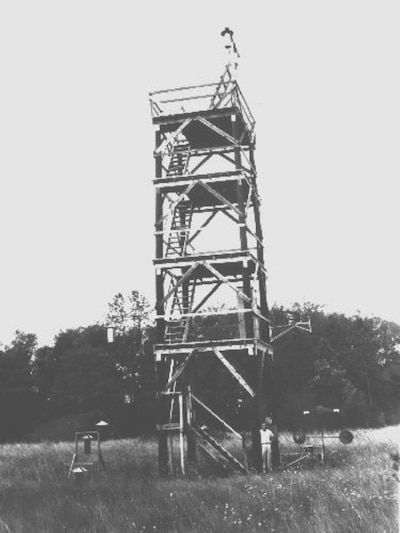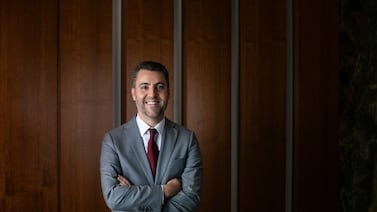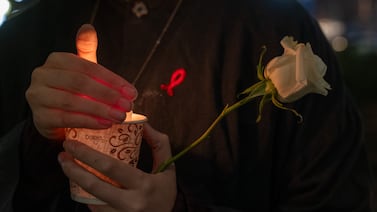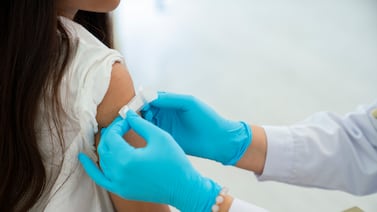Public health, explained: Sign up to receive Healthbeat’s free Atlanta newsletter here.
The Centers for Disease Control and Prevention has deep roots in Atlanta and plays an important role in making the city a public health center. Why is the CDC there when most federal agencies are in the Washington, D.C., area?
As with many things in Atlanta, the answer involves Coca-Cola — and mosquitoes. Coca-Cola chairman Robert W. Woodruff purchased land in Baker County, Georgia, for quail hunting about 100 years ago.
Malaria plagued the South then in a way that’s hard for us to imagine now. One early CDC administrator said a lumber company in north Florida needed a 700-person workforce to ensure 300 were healthy enough to work during malaria season. Half the workforce was ill at any one time, and everyone had to plan for malaria season.
“This was expected as a way of life,” said epidemiologist and early CDC administrator Melvin Goodwin, according to an account in the journal Southern Spaces. The disease was a health and economic burden in Georgia.
Woodruff worked with Emory University to set up treatment centers and a field station at Ichauway Plantation in 1939. The state’s malariologist (yes, that used to be a job), Dr. Justin Andrews, helped run it.
During World War II, malaria became a military concern, as troops traveling overseas fell ill. The federal government established the Malaria Control in War Areas program in Atlanta, run by Andrews. That morphed into the Communicable Disease Center in 1946.
Woodruff provided the funds for Emory to purchase about 15 acres of land near the university, former Board of Trustees chairman Ben Johnson told Healthbeat earlier this year. Emory, in turn, donated the land for the CDC’s first headquarters.

According to one account, a phone call from Woodruff to his hunting buddy President Dwight Eisenhower may have helped garner the federal funds to build the CDC’s first headquarters.
By 1951, malaria was eliminated from the United States, and the CDC steadily expanded its focus to many public health topics, including rabies, tuberculosis, and other infectious diseases, according to an official timeline. Notably, the CDC early on had its own production facilities to develop films for public health training.
Flash forward seven decades, and the CDC has two sprawling campuses, the original one near Emory and another in Chamblee. But today’s federal government is seeking to shrink the agency through funding cuts and layoffs.
The agency started with just 400 employees and grew to around 13,000 employees by last year, with just over 10,000 of those based in Georgia. Earlier this year, the agency laid off about 2,400 employees and is undergoing a reorganization under President Donald Trump.
Ichauway Plantation has become the Jones Center at Ichauway, a conservation center that also hosts graduate students from Emory, the University of Georgia, and other Southern universities conducting research about the environment.
And while malaria is no longer a significant public health threat in the United States, controlling mosquitoes and the illnesses they carry, like West Nile virus, is still an important part of local public health work.
Rebecca Grapevine is a reporter covering public health in Atlanta for Healthbeat. Contact Rebecca at rgrapevine@healthbeat.org.







